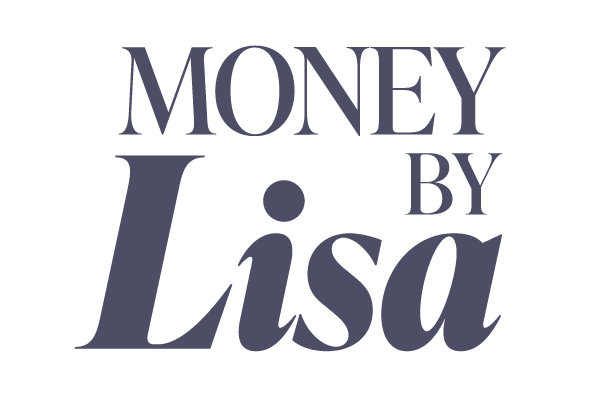The Thing That Most Financial Planners Love (But I Kinda Don’t)
There is a certain excitement in the autumn air that can only mean one thing: health insurance open season is coming soon! (I know, you thought that I was going to say NFL season, right?) Open season commences early to mid-November and ends in mid-December. This is the one time of the year that everyone has the opportunity to review their health insurance selection and make a change if desired.
I am guessing that at this time of the year you will be inundated by headlines extolling the many merits of the Health Savings Account — HSA. But is it right for you?
Let’s review. If you choose a health insurance plan with a high annual out-of-pocket deductible (an HDHP — High Deductible Health Plan), you are eligible to open an HSA. The logic of the HDHP-HSA combo is certainly sound. A higher deductible means a lower monthly premium; you can divert the money you save on the premium to a tax-advantaged savings account to use for health expenses.
For family coverage especially, that difference in premium can be significant. According to 2023 research from the Kaiser Family Foundation, the average annual premium for an employer HDHP-HSA family plan was almost $2000 less than a traditional plan. (The difference is far more modest for a single plan.)
For 2025, you can contribute $4300 to an HSA if you have a self-only health plan, and $8550 if you have a family plan. (Some employers will also contribute to your HSA.)
And about those tax advantages:
Your contributions to an HSA are tax-free.
Any interest or dividends that your HSA contributions earn, perhaps invested in a mutual fund, compound tax-free.
When you withdraw money from your HSA for a qualified medical expense, that withdrawal (both contributions and investment earnings) is tax-free.
At age 65, you can withdraw funds from your HSA for any purpose without penalty (although the distribution will be taxed as ordinary income).
Really, what’s not to love? Well…
The theory behind HSAs is that consumers, when faced with higher out-of-pocket costs, will be more attuned to the cost of healthcare and less likely to seek out costly “frivolous” services. And in this, HSAs may have succeeded all too well. There is evidence from recent surveys that people who have HDHPs are less likely to seek out medical services when needed, especially mental health services.
In some cases, this may reflect a sort of loss aversion — an unwillingness to part with your HSA nest egg. But it is more likely the case that when faced with higher out-of-pocket costs, for many the HSA bank is empty.
From research, we know that there is a correlation between the growth in the popularity of HDHPs and medical debt. According to the Bureau of Labor Statistics, the median employer-plan HDHP deductible is $2500. For workers with a non-HDHP plan, the median deductible is only $750. But that’s the median: By law, in 2024 an HDHP can have an annual deductible as high as $8050 for a single individual or $16,100 for a family.
And the average HSA balance? In 2022, it was $4607. That’s fine for a healthy singleton, but well short of the mark for a family with health concerns. While one could take advantage of an HSA if they have an HDHP, many do not save enough to actually cover their medical expenses, and certainly not enough to make the tax advantages meaningful. (Note that some plans do not allow you to invest your HSA until your balance reaches a certain threshold; amounts below the threshold are held in cash.)
I have even read that some people with chronic medical conditions will seek out the costliest care possible, so that they meet their annual deductible quicker and can begin to receive reimbursement for their care. Not exactly what the HDHP designers had in mind, is it?
To be clear, I am not anti-HDHP/HSA. Like (almost) every financial instrument, there is an audience who can benefit greatly from its features:
High income earners who have the ability to not only fund their HSA to meet their out-of-pocket expenses, but to even “overfund” the HSA as a vehicle for tax-advantaged long term investing.
Individuals and families who do not typically face ongoing out-sized medical expenses.
Navigating open season can be exhausting and I would not blame you one bit if your default response is to do nothing. But do take the time to consider if a change in your health insurance — either towards an HDHP or away from an HDHP — makes sense for you.
(Hey, I’d love to be in touch regularly. My free newsletter contains this blog, as well as other articles written by myself and others. Please consider subscribing by visiting the MoneyByLisa home page.)
